A Web Application Security Audit (WASA) evaluates web apps and their underlying frameworks to uncover vulnerabilities across authentication, input handling, session management, and server configurations. It focuses on areas where sensitive data is processed or critical business operations occur.
As organizations increasingly depend on web platforms and APIs for customer interactions, transactions, and internal workflows, the attack surface has grown significantly.
Traditional network or generic penetration tests often miss application-specific flaws, such as insecure coding practices, misconfigured access controls, or unpatched libraries, that can directly expose sensitive systems.
In short, WASA is essential to identify logic errors, security gaps, and misconfigurations before they escalate into data breaches or compliance violations.
tl;dr: Web Application Security Audits uncover vulnerabilities like injection flaws, broken authentication, misconfigurations, and insecure APIs before attackers can exploit them. They’re crucial before launches, after major updates, or for compliance needs. A thorough audit combines automated scans with manual testing to validate risks, assess business impact, and align findings with OWASP Top 10. AppSecure delivers deep, actionable audits with remediation guidance, retesting, and support to strengthen your application security.
Common vulnerabilities identified in WASA audits
There are a number of vulnerabilities that are repeatedly identified during a Web Application Security Audit. Let’s explore them in detail.
- Injection flaws (SQL, NoSQL, LDAP)
Injection vulnerabilities occur when unvalidated input is sent to an interpreter as part of a query or command. In SQL injection, for instance, attackers can manipulate database queries to extract or modify data without authorization.
NoSQL injections exploit query structures in document-oriented databases, while LDAP injections target directory services. These attacks can lead to full database compromise, credential dumping, or privilege escalation.
- Broken authentication and session handling
Weak authentication mechanisms, such as predictable tokens or inadequate password policies, make it easier for attackers to gain unauthorized access.
Poor session handling, like missing Secure or HttpOnly cookie flags or failing to invalidate sessions on logout, can allow session hijacking and replay attacks. This is particularly dangerous in applications that process financial or healthcare data.
- IDOR and access control weaknesses
Insecure Direct Object References (IDOR) happen when an application exposes a reference to an internal object (e.g., a file or database record) without proper authorization checks.
Combined with insufficient access control, this allows attackers to enumerate resources, modify sensitive records, or invoke restricted APIs simply by changing parameter values.
- Cross-site scripting (XSS)
XSS vulnerabilities occur when user-controlled input is rendered in the browser without proper sanitization or output encoding. Stored XSS persists malicious code in the application’s database, while reflected XSS injects it through crafted URLs.
These attacks can steal session cookies, log keystrokes, or execute unauthorized actions on behalf of the user.
- Misconfigured servers or CORS policies
Server misconfigurations, such as unnecessary open ports, default credentials, or directory listing enabled, create exploitable weaknesses.
Overly permissive Cross-Origin Resource Sharing (CORS) settings, such as using Access-Control-Allow-Origin: * with credentials enabled, can let attackers bypass same-origin policy and extract sensitive data via malicious domains.
- Sensitive data exposure
Failing to encrypt sensitive information at rest or in transit, using outdated SSL/TLS protocols, or storing credentials in plain text significantly increases the risk of breaches.
Attackers can intercept or exfiltrate personal identifiers, payment card details, or medical records, leading to regulatory violations under standards like HIPAA or PCI DSS.
- Business logic exploits
These attacks target flaws in the intended workflow of the application rather than technical misconfigurations. For example, an attacker could exploit weak validation to bypass payment gateways, manipulate pricing calculations, or abuse API endpoints to perform actions outside the intended business rules.
- Information leakage and error handling issues
Excessively verbose error messages, stack traces, or exposed configuration files can reveal framework versions, database schema details, or API keys. Attackers can use this intelligence to craft targeted exploits that bypass existing defenses. Proper error handling and information masking are essential to mitigate this risk.
The WASA audit process
Apart from knowing the types of vulnerabilities a Web Application Security Audit can uncover, it’s equally important to understand how the audit is actually carried out. Let’s explore the step-by-step process security experts follow to assess an application’s security posture:
- Scoping and understanding your application
The first step involves defining exactly what will be tested. This includes identifying all in-scope domains, subdomains, web apps, and APIs, along with their associated environments (production, staging, development).
Security teams document the technologies in use, such as programming languages, frameworks (React, Django, Laravel), and backend services (databases, cloud providers), to plan accurate attack simulations while avoiding out-of-scope targets.
- Documentation review (Swagger, API Specs, Architecture)
If available, API specifications like Swagger/OpenAPI, Postman collections, or architectural diagrams are reviewed. This helps in mapping endpoints, request/response structures, authentication flows, and identifying parameters vulnerable to tampering.
Reviewing architecture also reveals trust boundaries between components, such as client–server–database flows, which are prime points for security validation.
- Endpoint discovery and environment analysis
Automated crawlers, directory brute-forcing tools (like DirBuster), and passive reconnaissance techniques (such as analyzing JavaScript files for hidden routes) are used to discover endpoints.
Fingerprinting is performed to detect web servers, CMS platforms, third-party integrations, and version numbers, all of which can indicate exploitable vulnerabilities if outdated or misconfigured.
- Authentication and session testing (MFA, Token Abuse)
Authentication mechanisms are tested for resilience against brute-force attacks, credential stuffing, and MFA bypass techniques.
Session management is analyzed for weaknesses such as predictable token generation, JWT signature flaws, missing Secure/HttpOnly cookie flags, and insufficient idle or absolute session timeouts that could allow session hijacking.
- Access control and role bypass attempts
Testers evaluate Role-Based Access Control (RBAC) and Attribute-Based Access Control (ABAC) implementations by attempting both vertical privilege escalation (standard user to admin) and horizontal privilege escalation (accessing another user’s data).
They also inspect API endpoints for missing authorization checks on sensitive functions.
- Input manipulation and payload testing for injections
Inputs across forms, API requests, and query parameters are fuzzed with crafted payloads to identify injection flaws. SQLMap or custom scripts may be used to automate detection, while manual exploitation techniques validate blind SQLi, NoSQLi, LDAP injections, and template injections.
Proper exploitation also considers WAF evasion techniques to test real-world feasibility.
- Business logic and workflow abuse simulation
Auditors simulate attacks that bypass expected workflows, for example, altering order quantities post-checkout, skipping multi-step approval processes, or abusing refund logic. These attacks are often missed by automated scanners and require an in-depth understanding of the application’s intended behavior.
- Configuration review and vulnerability analysis
The audit includes checking for insecure HTTP methods, missing or misconfigured security headers (HSTS, CSP, X-Frame-Options), weak SSL/TLS ciphers, and overly permissive CORS settings. Dependency analysis is conducted to detect libraries with known CVEs, ensuring they are patched or replaced.
- Reporting with risk prioritization and exploitation chains
All findings are documented with technical evidence (screenshots, payloads, HTTP request/response samples) and mapped to severity scores using CVSS v3.1. Where possible, vulnerabilities are chained, for example, an XSS flaw combined with a CSRF weakness to perform account takeover.
- Remediation guidance and optional retesting
Each vulnerability is paired with detailed remediation advice tailored to the tech stack, including secure coding patterns and configuration hardening steps. Optional retesting verifies that fixes are effective and no regression issues have been introduced.
When should you conduct a WASA audit?
The timing of a Web Application Security Audit is critical to getting the most value from it. Aligning audits with key development, operational, and compliance milestones ensures vulnerabilities are identified and remediated before they cause real damage.
Below are the most important windows when a WASA audit delivers the highest impact, along with the ideal timing to conduct it:
| Ideal Audit Scenario | Recommended Timing |
|---|---|
| Before launching a new web app or major feature | 4 to 6 weeks before release in a staging/pre-production environment. |
| After any architecture or technology migration | Immediately after deployment to the new environment. |
| When integrating with third-party services or healthcare platforms (ABDM) | During integration testing or right after implementation. |
| During compliance cycles like HIPAA, PCI DSS, or ISO 27001 | In sync with compliance preparation timelines. |
| As part of annual or semi-annual security assessments | At least once a year, or twice for high-risk applications. |
AppSecure’s approach to WASA audits
For accurate results, you need experts who go beyond scans. At AppSecure, our WASA audits uncover hidden risks, test real threats, and deliver compliance-ready reports. Here’s how we do it:
- Manual testing aligned with OWASP standards
We perform extensive manual testing following OWASP’s Web Security Testing Guide. Our security experts analyze authentication flows, input validation, access controls, and code-level weaknesses to detect vulnerabilities that automated tools often miss. Every finding is validated to avoid false positives.
- Business logic testing for revenue-impacting flaws
We replicate the thought process of real attackers to find vulnerabilities in your application’s business workflows. This includes identifying ways to manipulate pricing, bypass payment processes, alter order quantities, or gain unauthorized privileges, issues that could directly affect revenue.
- Support for complex environments
Our audits cover diverse architectures, whether it’s a multi-tenant web app, API endpoints (REST, GraphQL), or cloud-hosted deployments. We assess each environment’s configuration, authentication, and data flow to ensure security across every layer.
- Real-world attack simulation without production risk
We simulate actual attack techniques, from session hijacking and token tampering to API abuse, without disrupting production systems. This approach ensures you understand how vulnerabilities could be exploited while keeping your services running smoothly.
- Compliance-ready reports
Our reports are structured for security teams and compliance auditors alike. Each finding is mapped to frameworks like HIPAA, PCI DSS, and ISO 27001, with risk ratings, proof-of-concept details, and prioritized remediation guidance.
Best practices to stay WASA audit-ready
Passing an audit is one thing, staying secure year-round is another. These are the key best practices to keep web apps audit-ready at all times:
- Staying audit-ready beyond the scheduled checks
Security assessments are not just one-time events; maintaining readiness throughout the year ensures there are no surprises during formal assessments. Following proven best practices helps keep web applications resilient against evolving threats and aligned with compliance requirements.
- Maintain an updated asset and dependency inventory
Keeping a real-time inventory of web application assets, third-party libraries, and system dependencies is critical. This allows us to quickly identify outdated or unpatched components that could introduce vulnerabilities.
Using automated asset discovery tools combined with periodic manual verification ensures complete visibility into the environment.
- Enforce MFA and strong session management
Multi-factor authentication (MFA) adds a security layer beyond passwords, making unauthorized access significantly harder. In parallel, implementing secure session handling, such as rotating session IDs after login, enforcing timeouts, and invalidating sessions upon logout, reduces risks like session hijacking and credential stuffing.
- Regularly patch and update frameworks and plugins
Outdated frameworks and plugins are prime attack targets. Establishing a structured patch management process ensures that security updates are applied as soon as they are released. Continuous integration pipelines can automate testing for compatibility before patches are deployed to production.
- Monitor logs and alerts for suspicious activity
Comprehensive log management allows early detection of breaches or abnormal behavior. Centralizing logs from application servers, firewalls, and intrusion detection systems, then analyzing them with SIEM tools, helps correlate events and identify patterns that indicate malicious activity.
- Train teams on secure coding and incident response
Security awareness should extend beyond the security team. Developers benefit from secure coding training to prevent issues like SQL injection or XSS, while all staff should understand the organization’s incident response process. Regular drills help ensure swift, coordinated action during an actual security incident.
Ensure your web applications stay protected
Your web applications handle valuable data and critical business functions, so keeping them secure is essential. A thorough Web Application Security Audit uncovers hidden vulnerabilities, validates your defenses, and ensures your platform remains resilient against real-world attacks.
At AppSecure, we provide in-depth, customized security audits that align with your application’s architecture and regulatory requirements. Contact us today to secure your applications and safeguard the trust of your users.
FAQs
- How does AppSecure conduct a WASA audit differently from other providers?
AppSecure combines deep manual testing with advanced automated tools, ensuring both technical and business logic flaws are identified, not just surface-level vulnerabilities.
- Does AppSecure provide manual testing along with automated scans?
Yes. We perform detailed manual testing to uncover issues automated scanners often miss, like logic flaws and access control gaps.
- Can AppSecure help us meet compliance requirements like HIPAA, PCI DSS, or ISO 27001?
Absolutely. Our audits align with industry compliance standards and provide reports that support your certification process.
- Will the audit affect our live production environment or customer experience?
No. Our testing methods are designed to be safe, with minimal to no impact on live systems or users.
- What type of deliverables or reports will AppSecure provide after the audit?
You’ll receive a detailed report highlighting vulnerabilities, their severity, proof of concept, and prioritized remediation steps.
- Does AppSecure offer remediation guidance and retesting after vulnerabilities are fixed?
Yes. We guide your team on fixing issues and provide retesting to confirm all vulnerabilities are fully resolved.
- How often should we engage AppSecure for a WASA or web security audit?
At least once a year, or after major updates, new deployments, or changes in compliance requirements.

Ankit is a B2B SaaS marketing expert with deep specialization in cybersecurity. He makes complex topics like EDR, XDR, MDR, and Cloud Security accessible and discoverable through strategic content and smart distribution. A frequent contributor to industry blogs and panels, Ankit is known for turning technical depth into clear, actionable insights. Outside of work, he explores emerging security trends and mentors aspiring marketers in the cybersecurity space.


.png)







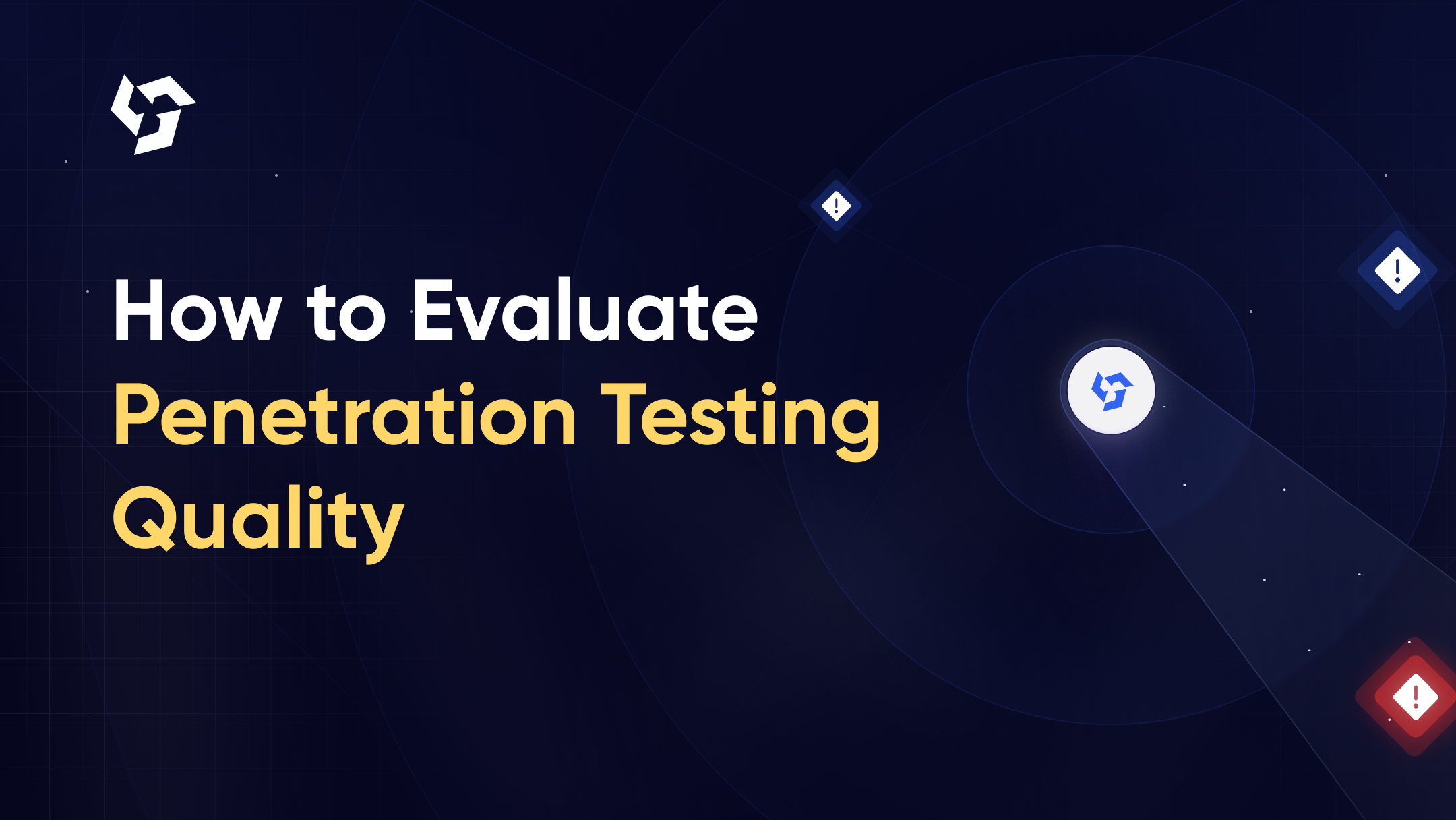


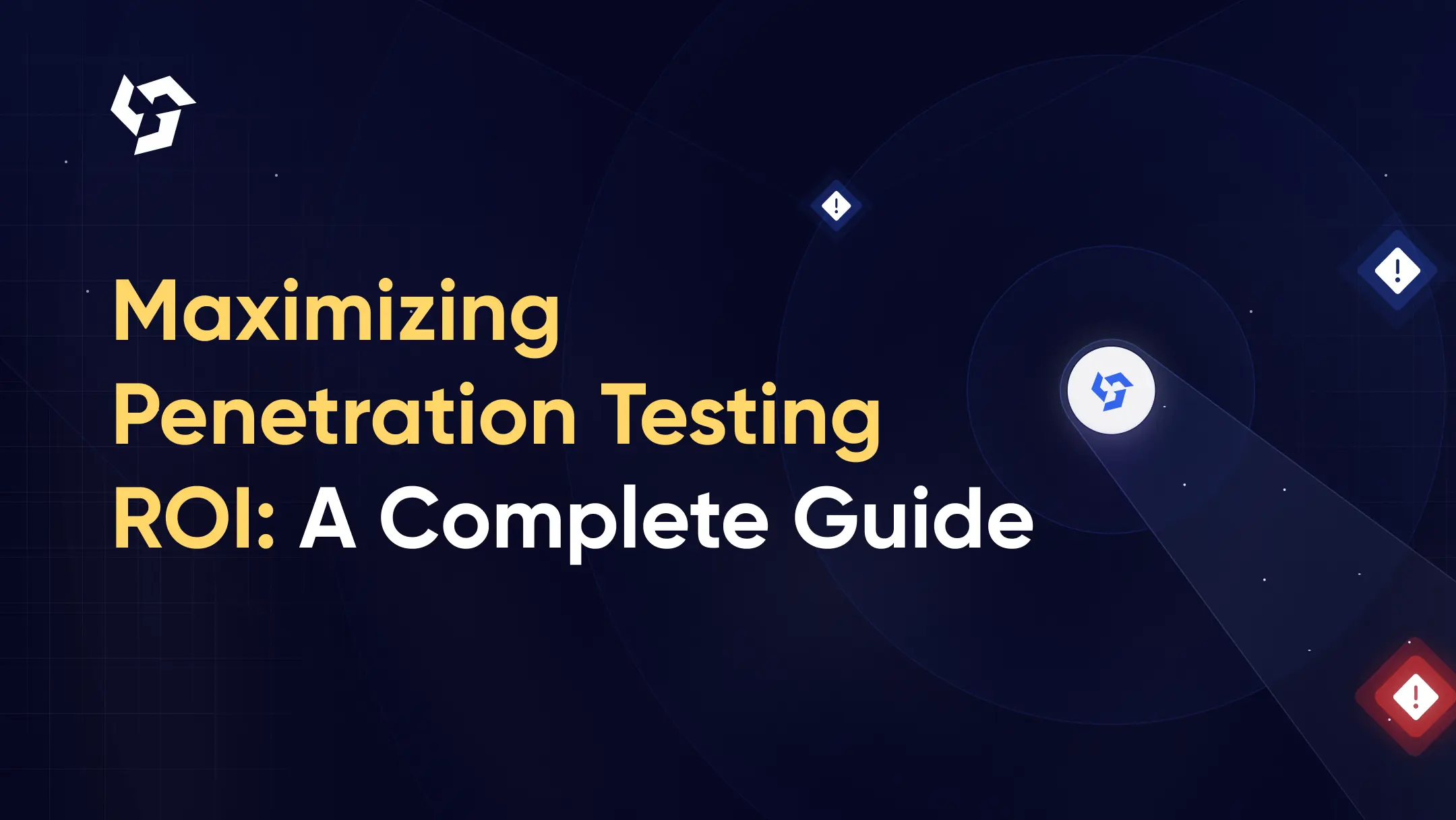


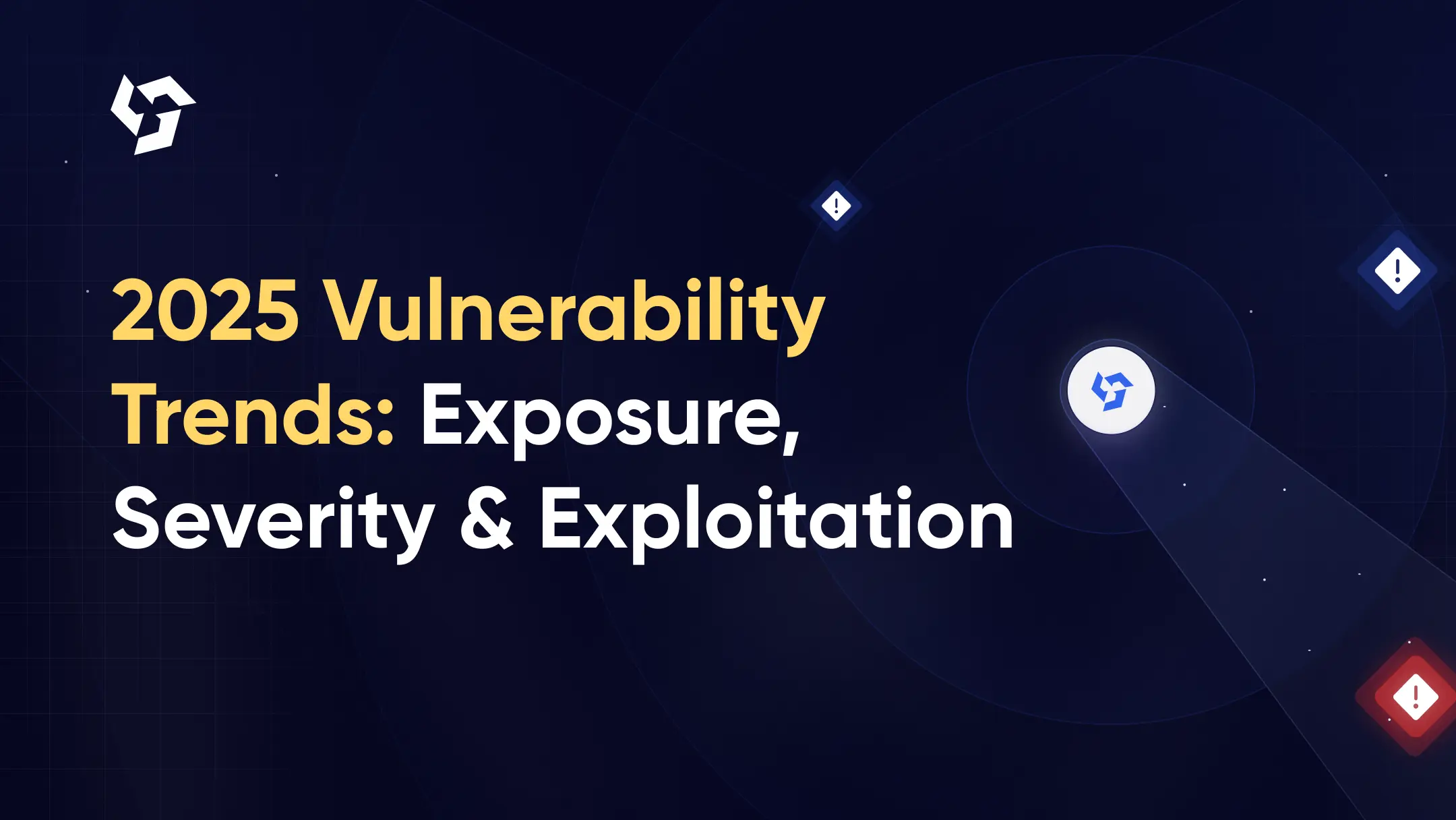



















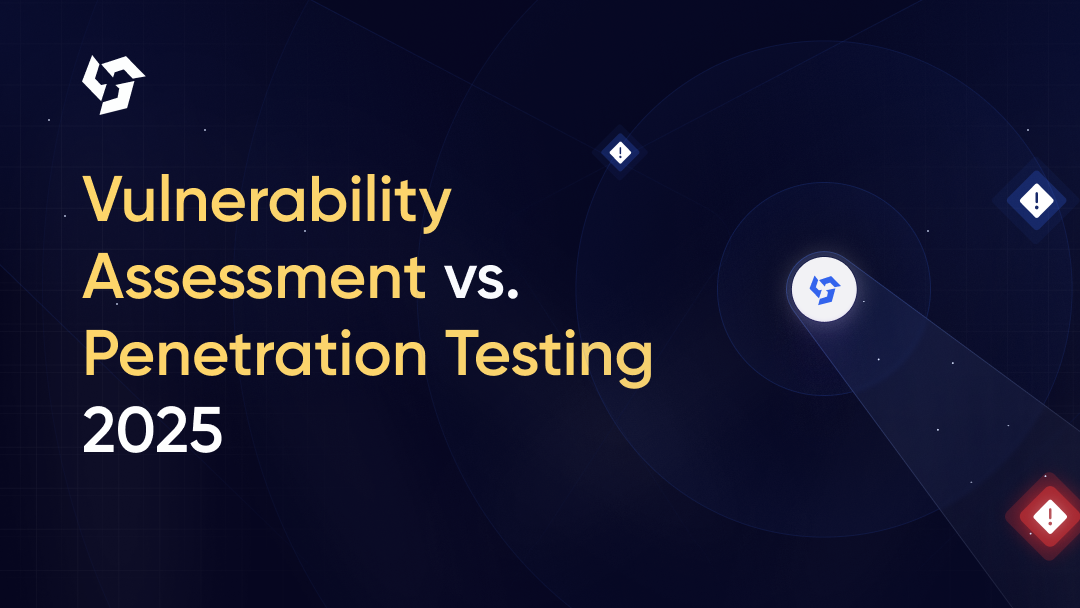







.png)
.png)

.png)
.png)
.png)
.png)
.png)

.png)
.png)



.png)


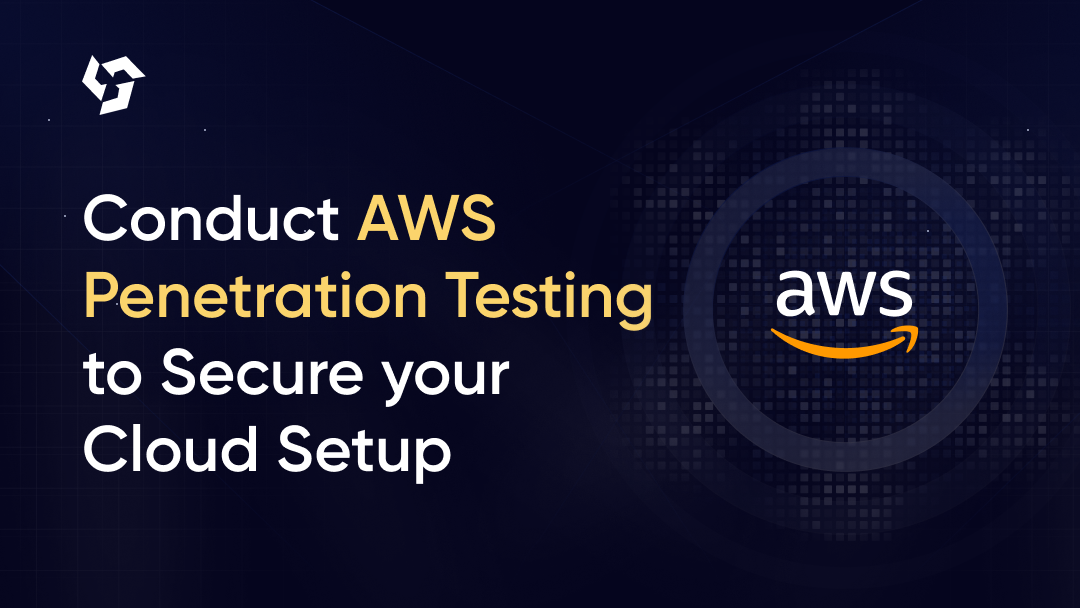

.png)
.png)
.png)
.png)
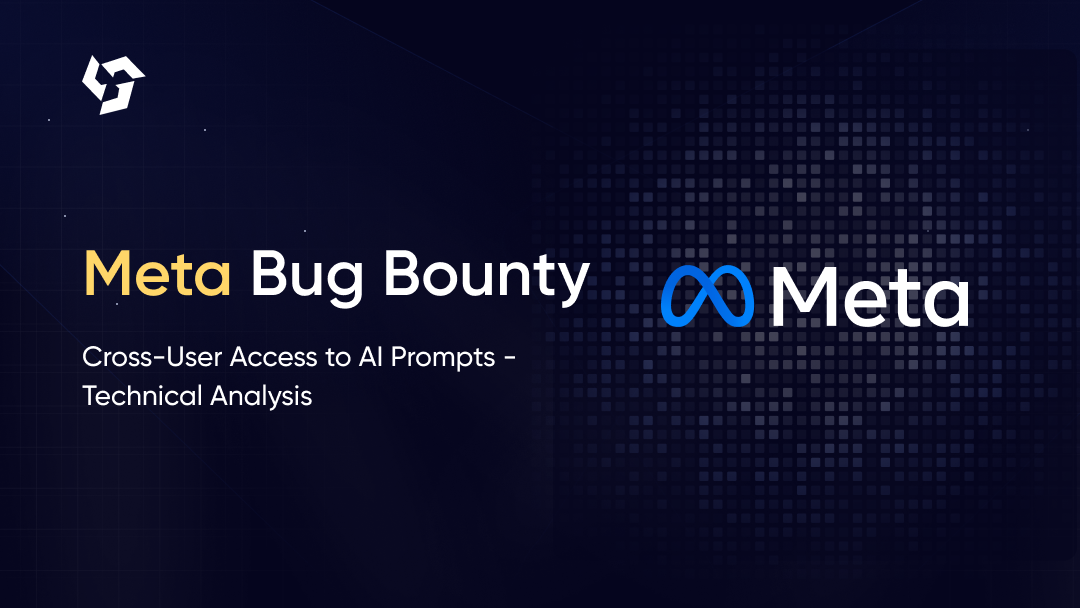
.png)
.png)
.png)

.png)
.png)
.png)
.png)
.png)

.png)









.webp)





.webp)


.webp)

.webp)




.webp)
